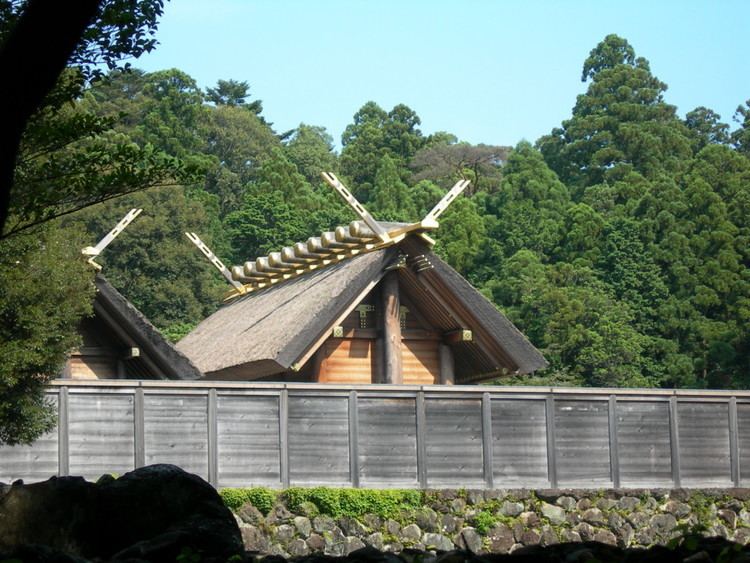645–650 Taika 686–686 Shuchō 704–708 Keiun End date April 1154 | 650–654 Hakuchi 701–704 Taihō 708–715 Wadō | |
 | ||
Kyūju (久寿) was a Japanese era name (年号,, nengō,, lit. "year name") after Ninpei and before Hōgen. This period spanned the years from October 1154 through April 1156. The reigning emperors were Konoe-tennō (近衛天皇) and Emperor Go-Shirakawa-tennō (後白河天皇).
Contents
Change of era
Events of the Kyūju era
References
Kyūju Wikipedia(Text) CC BY-SA
